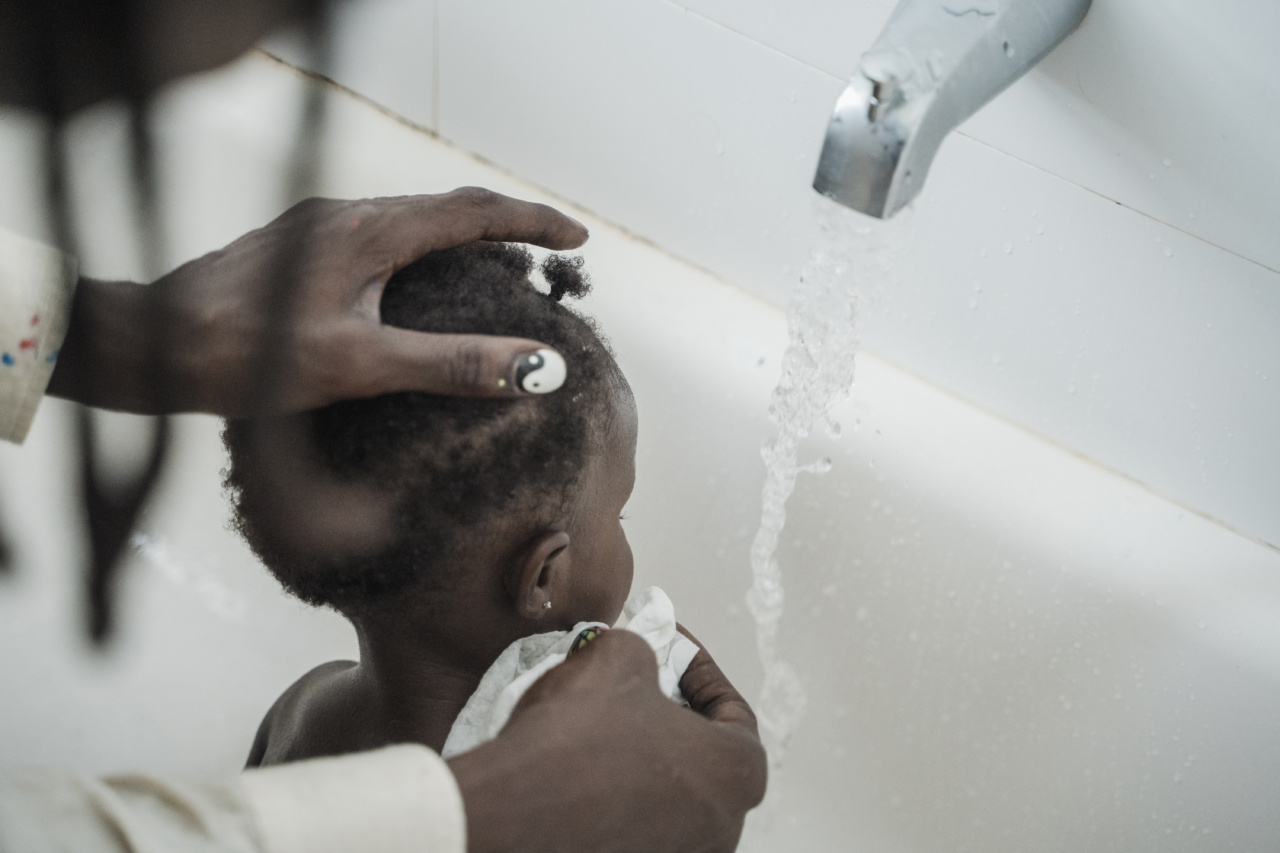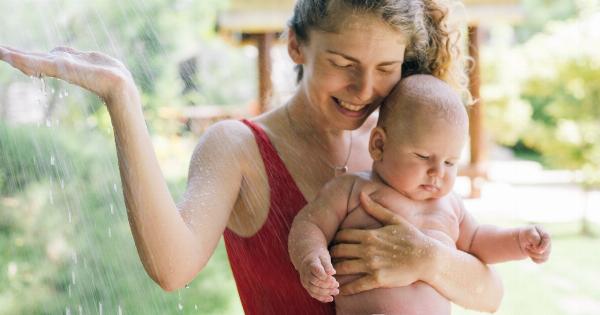Eczema, also known as atopic dermatitis, is a common condition that affects many children. It is characterized by dry, itchy, and inflamed skin, which can be quite uncomfortable for little ones.
While there is no definitive cure for eczema, there are various ways to manage and alleviate the symptoms. One essential aspect of eczema management is bath time. By following the proper bath routine and making some adjustments, you can help soothe your child’s eczema and create a more comfortable experience for them.
In this article, we will outline everything you need to know about eczema and kids’ bath time.
Understanding Eczema
Before diving into the specifics of bath time routines, it is crucial to understand what eczema is and how it affects children. Eczema is a chronic inflammatory skin condition that is common during early childhood.
It typically appears as dry, red, and itchy patches on various parts of the body, such as the face, arms, and legs. Eczema can be triggered by several factors, including genetic predisposition, environmental irritants, allergens, and stress.
Choosing the Right Bathing Products
When it comes to bath time, selecting the appropriate bathing products for your child with eczema is vital. Here are some factors to consider:.
1. Mild and Fragrance-Free
Opt for mild and fragrance-free soaps, shampoos, and body washes. Harsh chemicals and fragrances can further irritate your child’s sensitive skin and exacerbate their eczema symptoms.
2. Moisturizing Properties
Look for products that have moisturizing properties. Hydrating your child’s skin during bath time can help reduce dryness and itchiness.
Ingredients like colloidal oatmeal, shea butter, and ceramides are excellent moisturizers for eczema-prone skin.
3. pH Balanced
Ensure that the products you use have a pH balance that is gentle on the skin. Maintaining the skin’s natural pH level is important to prevent further irritation and flare-ups.
Bath Time Routine for Kids with Eczema
Establishing a proper bath time routine is crucial for managing eczema in children. Follow these steps to create a soothing and effective routine:.
1. Lukewarm Water
Start by filling the tub with lukewarm water. Extreme temperatures can aggravate eczema, so avoid hot water baths. Lukewarm water helps to cleanse the skin without stripping it off its natural oils.
2. Limit Bath Duration
Keep the bath time short, preferably between 5 to 10 minutes. Prolonged exposure to water can further dehydrate the skin and worsen eczema symptoms. Be quick and efficient in cleaning your child.
3. Gentle Cleansing
Use a soft washcloth or your hands to gently cleanse your child’s body. Avoid scrubbing or rubbing the skin vigorously as it can cause irritation. Opt for mild cleansers mentioned earlier and apply them in a gentle, circular motion.
4. Pat Dry, Don’t Rub
After bathing, pat your child’s skin dry with a soft towel. Avoid rubbing as it can lead to friction and exacerbate itching. Leave the skin slightly damp to enhance the absorption of moisturizers.
5. Immediate Moisturization
Without delay, apply a generous amount of moisturizer to your child’s damp skin. Seal in the moisture by gently massaging the lotion or cream onto their body.
It is more effective to moisturize within three minutes after bathing to lock in hydration.
6. Clothing Choice
Choose loose-fitting and breathable clothing for your child, preferably made from cotton or other natural fibers. Avoid synthetic materials or wool, as they can further irritate the skin and trigger eczema flare-ups.
Avoiding Triggers During Bath Time
Aside from the bath routine, there are additional measures you can take to avoid triggers during your child’s bath time:.
1. Allergens
Identify any potential allergens that may be exacerbating your child’s eczema. Common triggers include certain laundry detergents, fabric softeners, or bubble bath products. Avoid using these products or switch to hypoallergenic alternatives.
2. Chlorine
Chlorine in tap water can have a drying effect on the skin, worsening eczema symptoms. Consider using a water filter or adding a chlorine-neutralizing agent to your bath water.
3. Bath Toys
Bath toys can be fun, but they can also harbor bacteria and mold. Ensure that the toys are properly cleaned and dried after each use to prevent contamination and skin irritation.
4. Avoid Overwashing
While cleanliness is important, overwashing can strip the skin of its natural oils, leading to dryness and irritation. Limit bathing to once daily or every other day, depending on your child’s needs and preferences.
Seeking Professional Advice
If you find that your child’s eczema symptoms are not improving despite following a proper bath time routine, it is essential to consult a healthcare professional.
A dermatologist or pediatrician can provide specific guidance tailored to your child’s eczema severity and recommend appropriate treatments or medications.
In Conclusion
Managing a child’s eczema requires a comprehensive approach, and bath time plays a vital role in this process.
By choosing the right bathing products, establishing a soothing bath time routine, and avoiding triggers, you can help alleviate your child’s eczema symptoms and provide them with much-needed relief. Remember to consult with a healthcare professional for personalized advice and guidance on managing your child’s eczema effectively.































